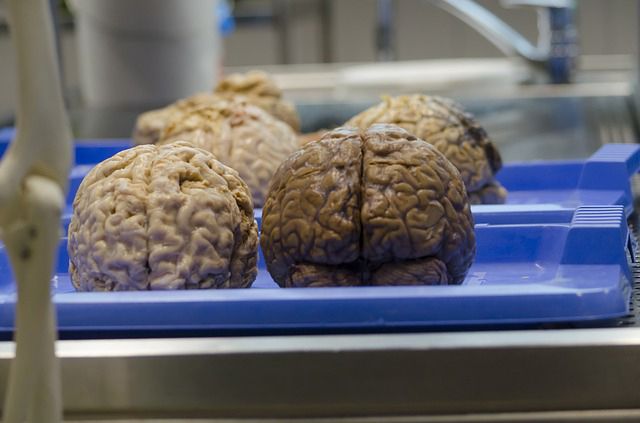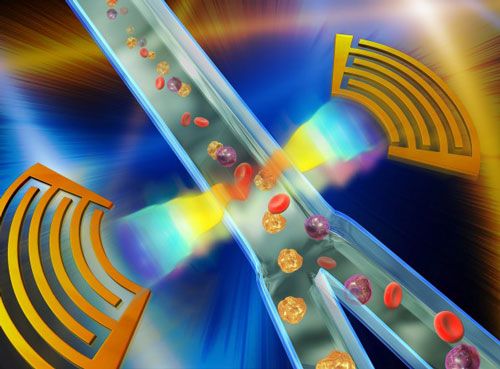Sep 22, 2015
Minority Report, Limitless TV shows launch Monday, Tuesday
Posted by Sean Brazell in categories: augmented reality, biotech/medical, computing, neuroscience, virtual reality
A sequel to Steven Spielberg’s epic movie, MINORITY REPORT is set in Washington, D.C., 10 years after the demise of Precrime, a law enforcement agency tasked with identifying and eliminating criminals … before their crimes were committed. Now, in 2065, crime-solving is different, and justice leans more on sophisticated and trusted technology than on the instincts of the precogs. Sept. 21 series premiere Mondays 9/8:00c
LIMITLESS, based on the feature film, is a fast-paced drama about Brian Finch, who discovers the brain-boosting power of the mysterious drug NZT and is coerced by the FBI into using his extraordinary cognitive abilities to solve complex cases for them. Sept. 22 series premiere Tuesdays 10/9c
Topics: Cognitive Science/Neuroscience | Entertainment/New Media | Human Enhancement | VR/Augmented Reality/Computer Graphics.





 The dimensionless aspect, since it has no dimensions, is outside of space and time. This is the key aspect to existence: an aspect outside of space and time perpetually interacting dialectically with an aspect inside space and time. All of the weird and wonderful phenomena of the universe are the products of this ultimate dichotomy.
The dimensionless aspect, since it has no dimensions, is outside of space and time. This is the key aspect to existence: an aspect outside of space and time perpetually interacting dialectically with an aspect inside space and time. All of the weird and wonderful phenomena of the universe are the products of this ultimate dichotomy.












